Introduction
When it comes to using batteries for various applications, understanding how long a battery will last is crucial for planning and efficiency. One common question is: "How many hours will a 100Ah battery last?" The answer depends on several factors, including the battery type, load, and usage conditions. In this blog post, we will explore these factors and provide specific examples to help you calculate the runtime of a 100Ah battery in different scenarios.
Understanding Battery Capacity: Ampere-Hours (Ah)
Battery capacity is typically measured in ampere-hours (Ah), which indicates the amount of charge a battery can deliver over a specific period. A 100Ah battery, for example, can theoretically provide 100 amps for one hour, 50 amps for two hours, 25 amps for four hours, and so on. However, the actual runtime can vary based on several factors.
Factors Affecting Battery Runtime
-
Load (Current Draw): The amount of current drawn by the connected devices significantly impacts the battery's runtime. Higher loads will drain the battery faster.
-
Battery Type: Different types of batteries (e.g., lead-acid, lithium-ion) have varying efficiencies and discharge characteristics.
-
Discharge Rate: Batteries perform differently under varying discharge rates. High discharge rates can reduce the effective capacity of the battery.
-
Temperature: Extreme temperatures can affect battery performance and reduce its capacity.
-
Battery Condition: The age and health of the battery also play a role in determining its runtime. Older or poorly maintained batteries may not hold a full charge.
Calculating Battery Runtime: Specific Scenarios
Let's consider a few specific scenarios to illustrate how to calculate the runtime of a 100Ah battery.
Scenario 1: Running a 12V LED Light
Suppose you have a 12V LED light that consumes 2 amps. To calculate how long a 100Ah battery will last with this load, use the formula:
For this scenario:
Thus, the 100Ah battery will last approximately 50 hours powering the 12V LED light.
Scenario 2: Powering a 500W Inverter
If you are using a 500W inverter, you need to convert the power consumption to amps. Assuming the inverter is 90% efficient and operates on a 12V system, the current draw can be calculated as follows:
For this scenario:
Now, calculate the runtime:
Therefore, the 100Ah battery will last approximately 2.16 hours powering the 500W inverter.
Scenario 3: Operating a 12V Refrigerator
Assume you have a 12V refrigerator that draws 5 amps. To calculate the runtime:
So, the 100Ah battery will last approximately 20 hours powering the 12V refrigerator.
Conclusion
The runtime of a 100Ah battery depends on the load and other factors such as battery type, discharge rate, temperature, and battery condition. By understanding these factors and using the basic calculation formula, you can estimate how long your battery will last in various scenarios. Whether you're planning a camping trip, setting up a solar power system, or using batteries for emergency backup, these calculations will help you make informed decisions and ensure that your power needs are met efficiently.
Always remember to consider the specific characteristics of your battery and the devices you are powering to get the most accurate estimates.
Reply to User Questions

Lithium batteries differ from other types of batteries, such as lead-acid, gel, and AGM, in several key ways, including their chemistry, performance, lifespan, and applications. Let’s explore these differences and then calculate the equivalence of a 1280Wh/100Ah lithium battery in terms of a 200Ah lead acid battery.
Differences Between Battery Types
-
Chemistry and Mechanism:
- Lithium Batteries: These use lithium ions that move from the negative electrode to the positive electrode during discharge and back when charging. They are typically based on lithium iron phosphate (LiFePO4) or lithium-ion chemistry.
- Lead Acid Batteries: These involve a reaction between lead and sulfuric acid. They come in several forms including wet cell (flooded), gel, and AGM (Absorbed Glass Mat).
- Gel and AGM Batteries: Both are subtypes of lead-acid batteries. Gel batteries use a gelified electrolyte; AGM batteries use a fiberglass mat to hold the electrolyte.
-
Energy Density:
- Lithium Batteries: Higher energy density, meaning they store more energy for their size or weight than lead-acid batteries.
- Lead Acid Batteries: Lower energy density compared to lithium.
-
Lifespan and Cycle Life:
- Lithium Batteries: Longer lifespan and higher cycle life (number of charge/discharge cycles before capacity falls below a certain percentage of original).
- Lead Acid, Gel, AGM: Generally shorter lifespan and lower cycle life.
-
Efficiency:
- Lithium Batteries: Higher charge and discharge efficiency (typically 90-95%).
- Lead Acid Batteries: Lower efficiency (around 80-85% for AGM; even lower for flooded lead acid).
-
Cost:
- Lithium Batteries: Higher initial cost but lower cost over life due to longer lifespan and fewer replacements.
- Lead Acid Batteries: Lower initial cost but potentially higher total cost of ownership due to replacements and lower efficiency.
-
Weight and Size:
- Lithium Batteries: Lighter and often smaller for the same capacity.
- Lead Acid Batteries: Heavier and larger for equivalent energy storage.
Conversion Calculation
To compare a 1280Wh/100Ah lithium battery to a 200Ah lead acid battery, we first need to understand the concept of Depth of Discharge (DoD) and how it affects usable capacity. Lithium batteries can typically be discharged more deeply (often up to 80-100% DoD) without significant damage, while lead-acid batteries are usually limited to around 50% DoD to ensure a longer life.
Given:
-
Lithium Battery: 1280 Wh capacity
-
Lead Acid Battery: 200 Ah capacity
-
Assuming a nominal voltage for the lithium battery of 12.8 volts (common for LiFePO4), the energy capacity is calculated as:
(as given)For a 12V lead acid battery:
Usable Energy:
- Lithium Battery: 1280 Wh (assuming 100% DoD)
- Lead Acid Battery:
Conclusion:
A 1280 Wh lithium battery provides roughly equivalent usable energy to a single 200 Ah lead acid battery when considering typical depth of discharge limits. This shows that despite the similar nominal capacities, the actual usability of lithium batteries can be significantly higher due to their ability to safely handle deeper discharge cycles.






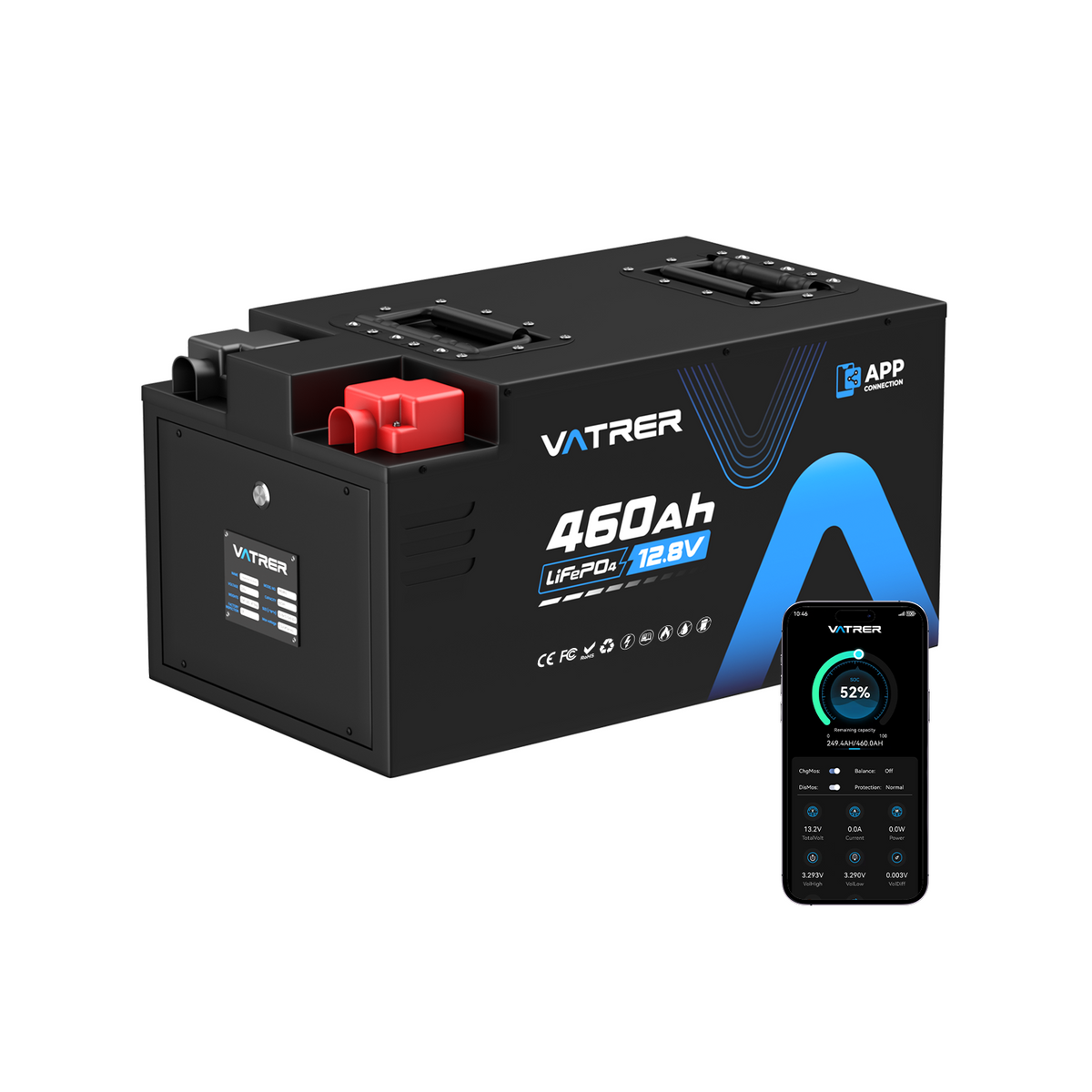
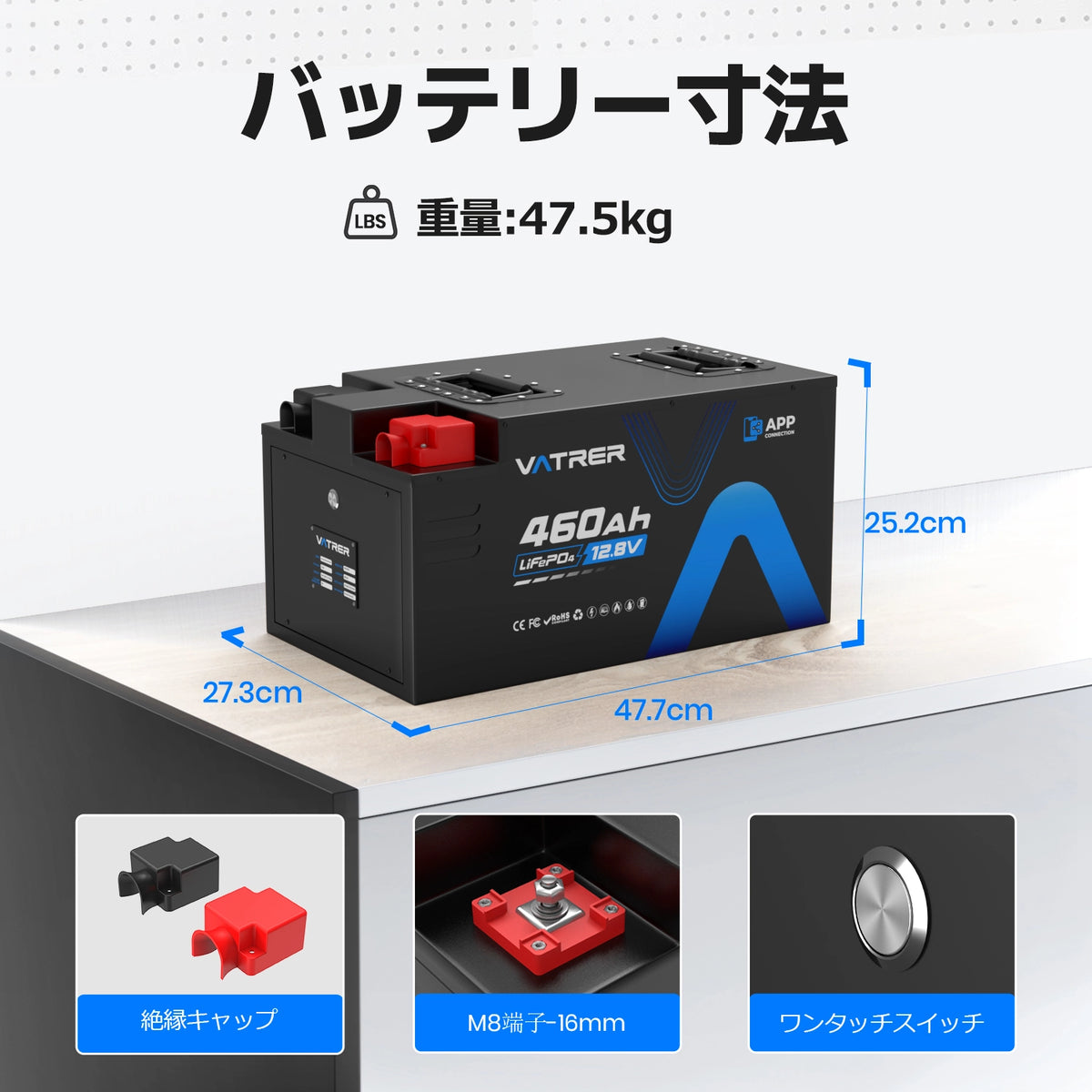

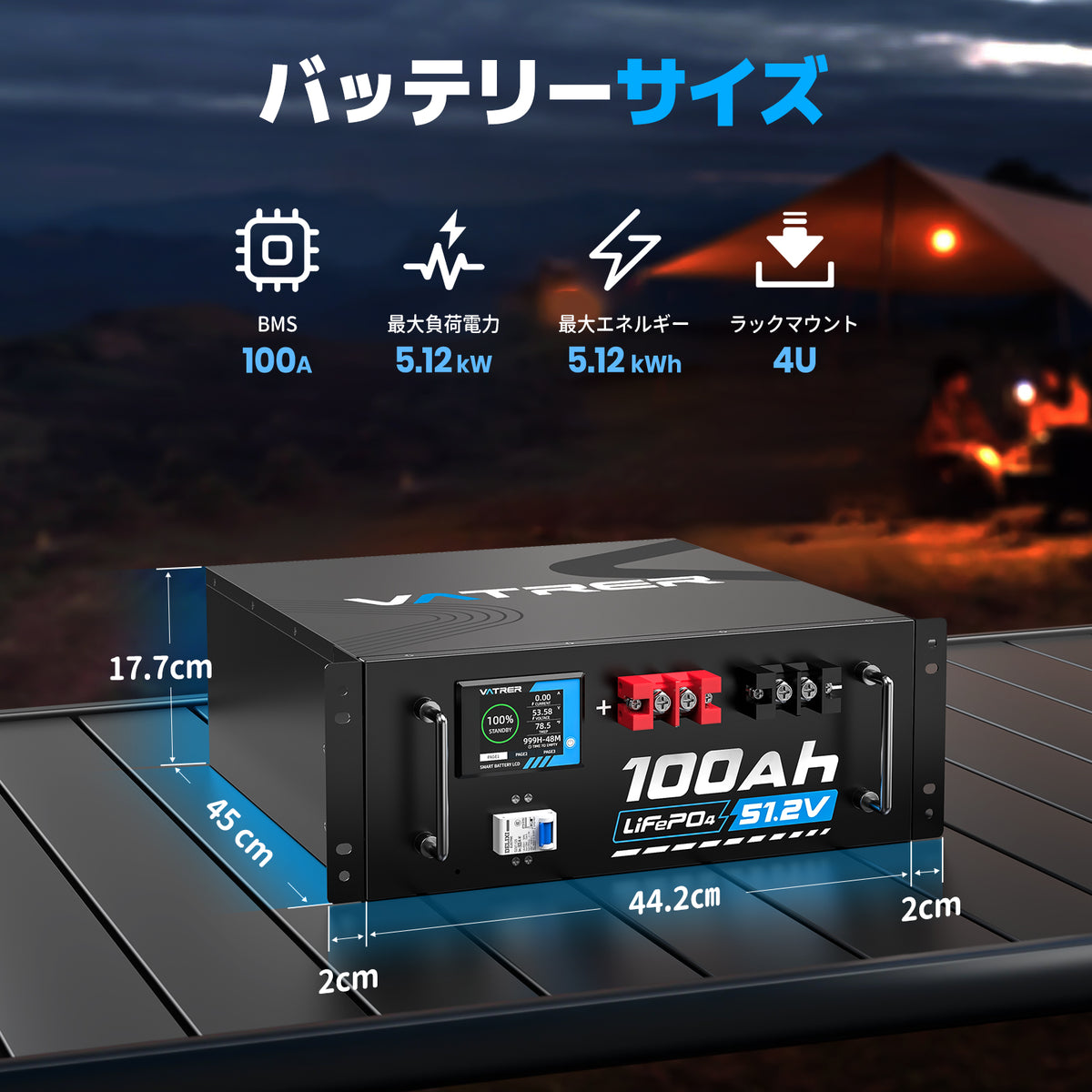
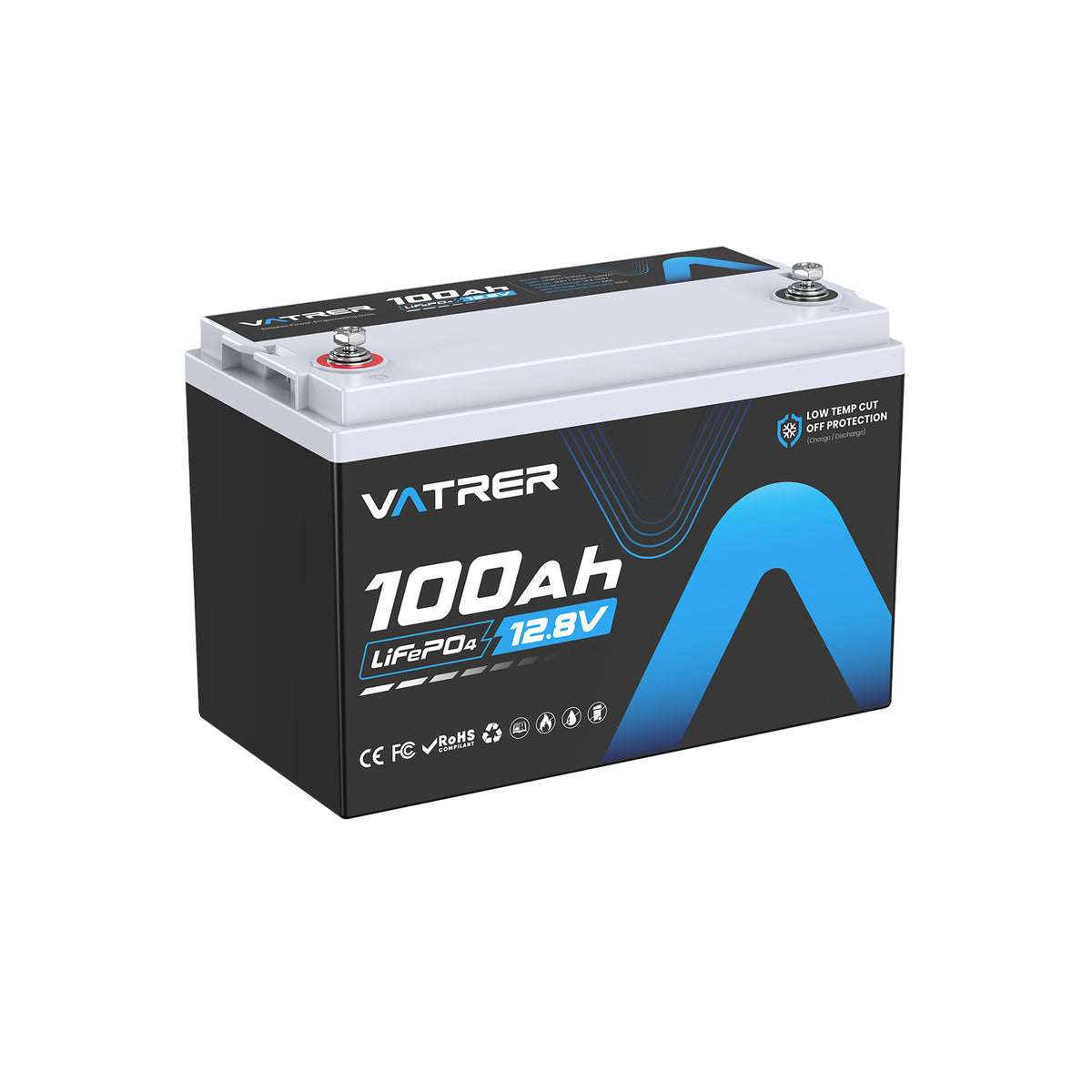
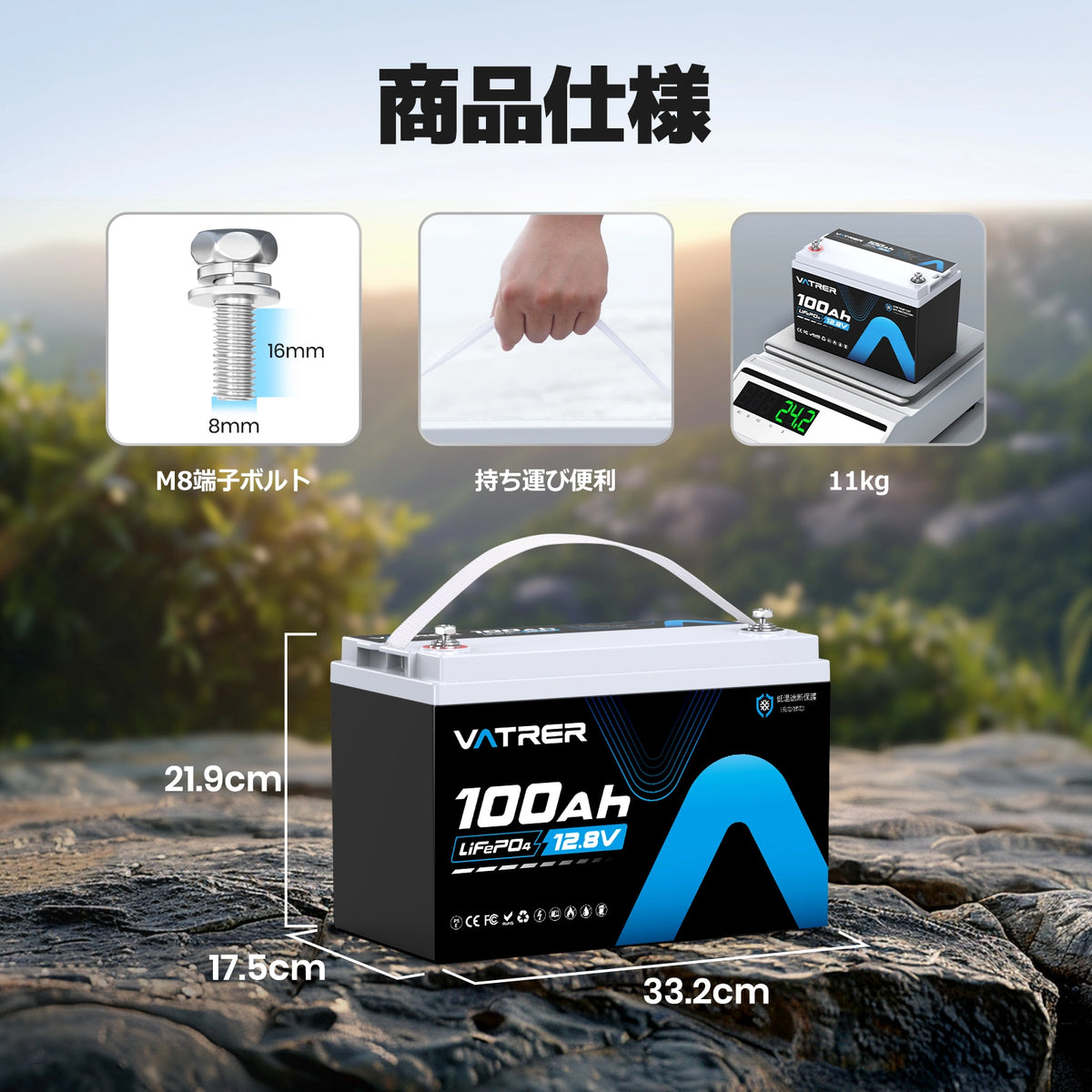
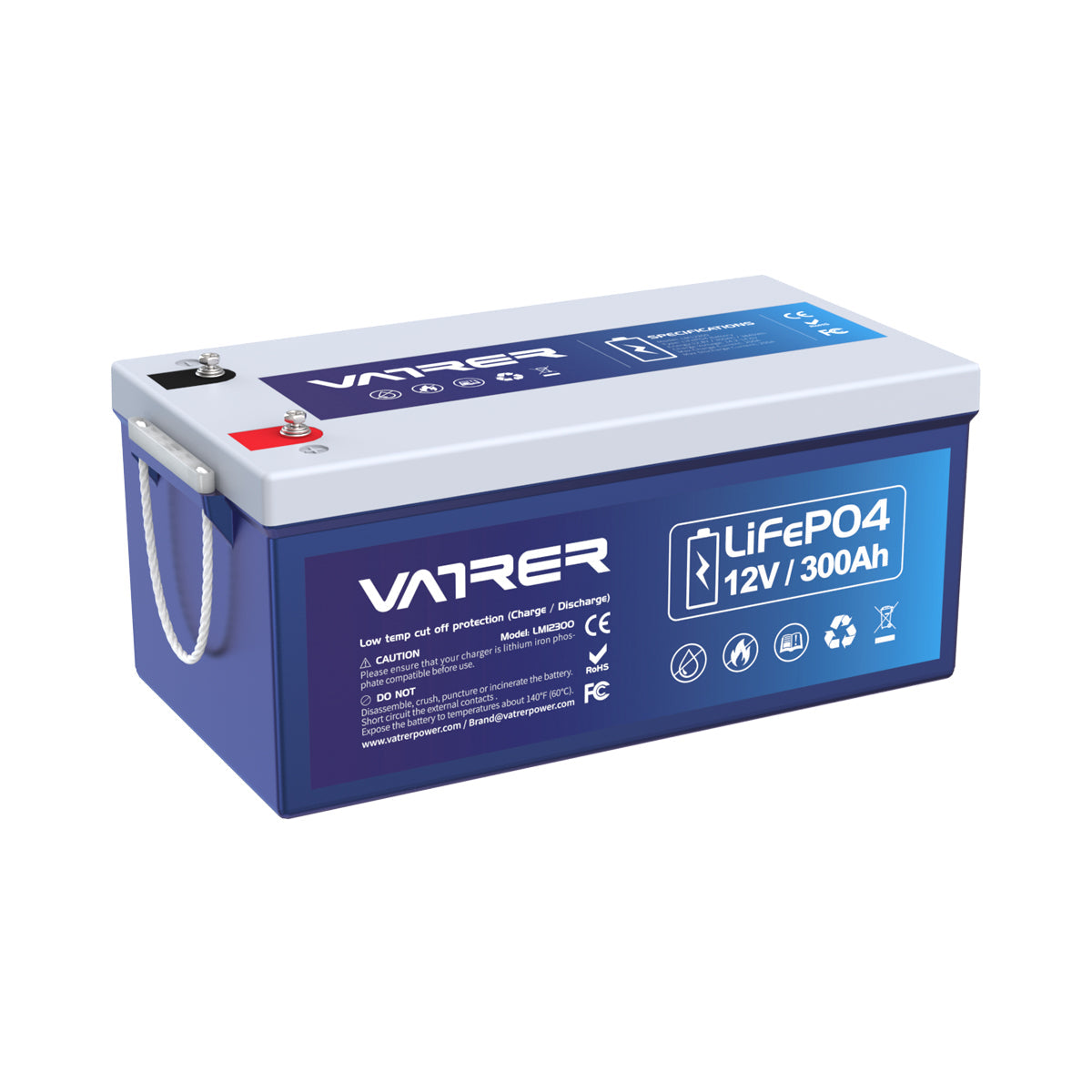

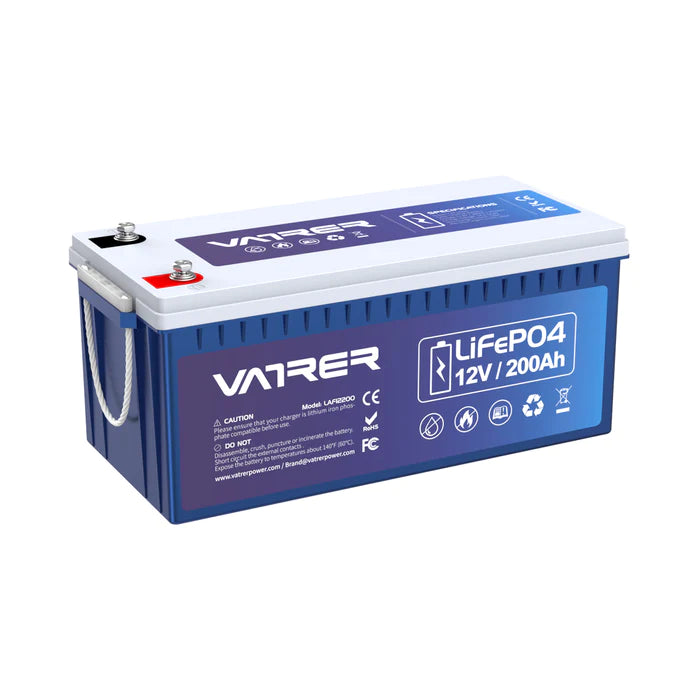
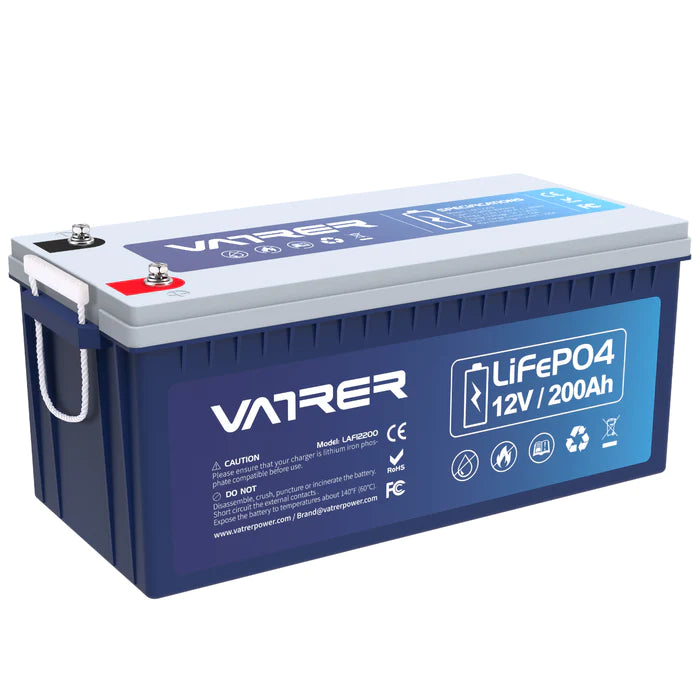
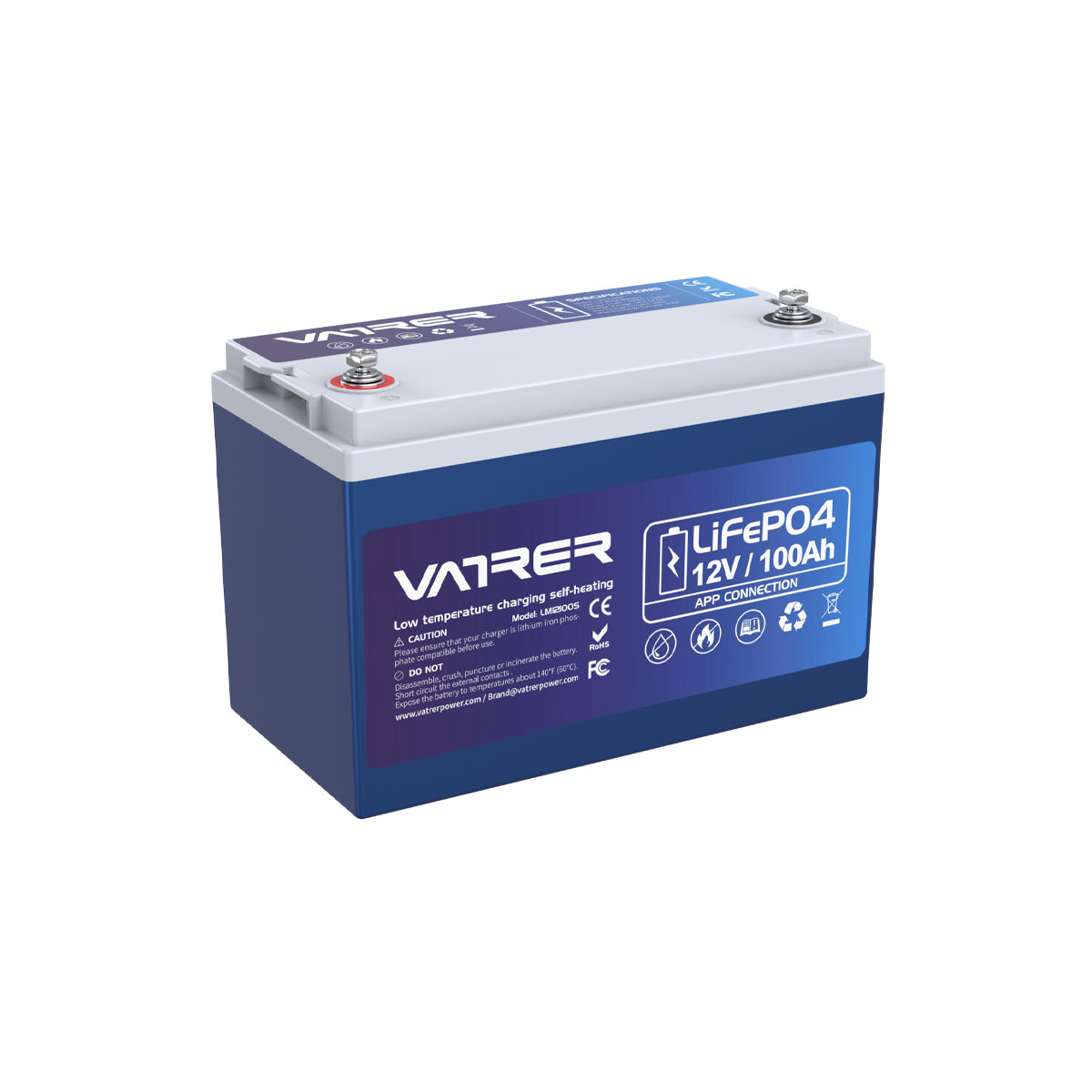
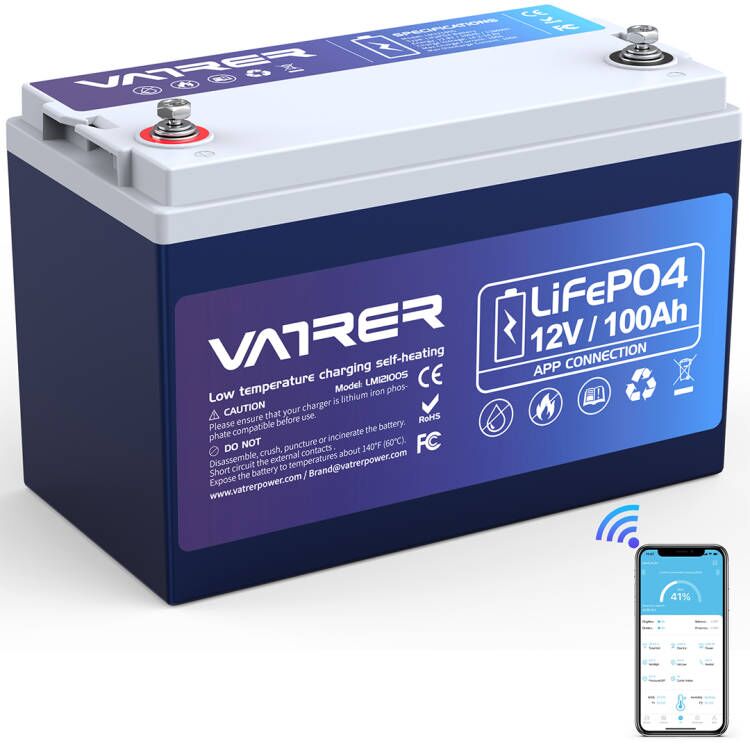
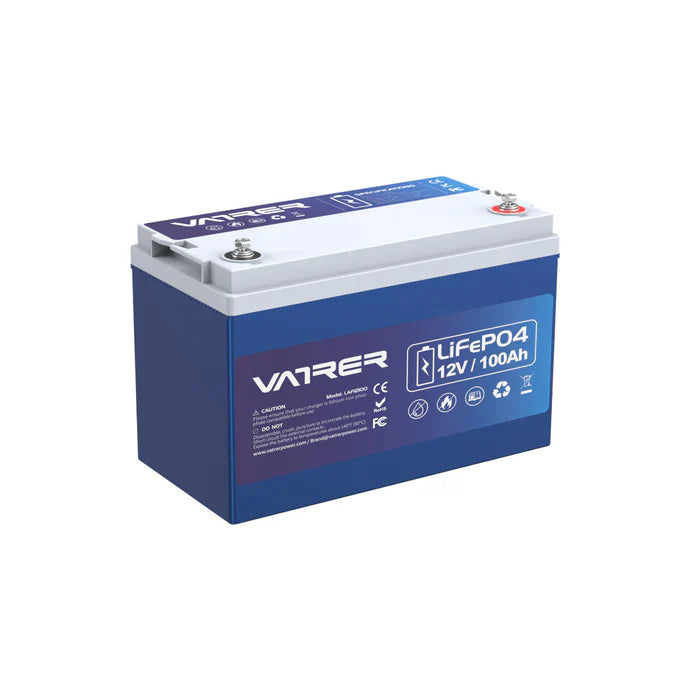
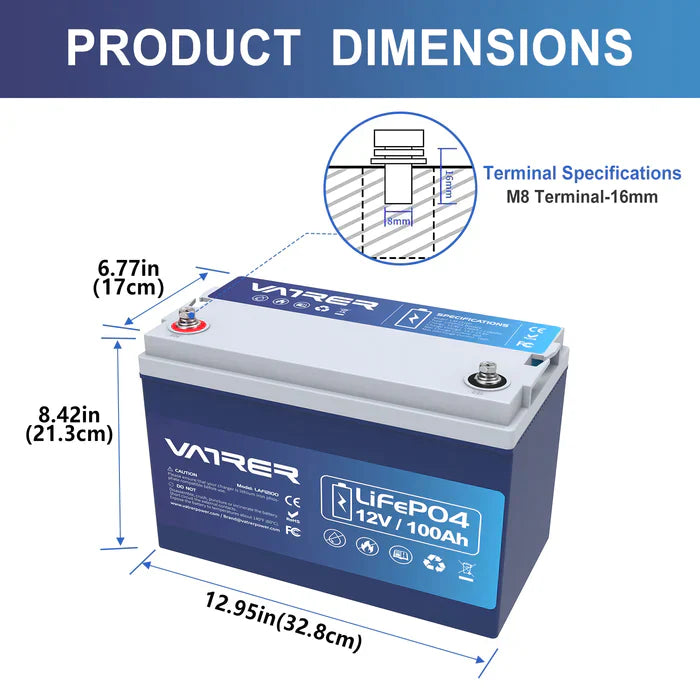
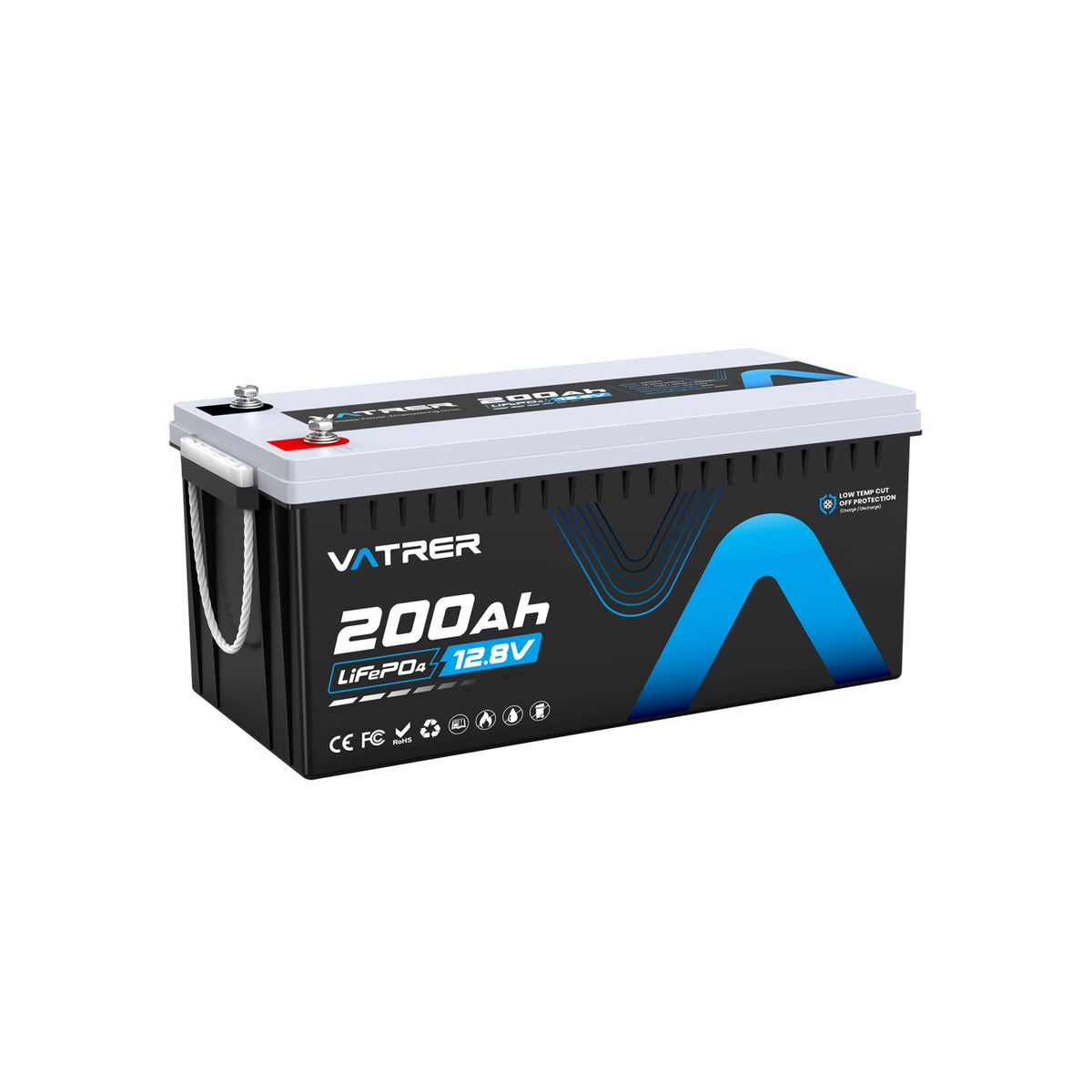
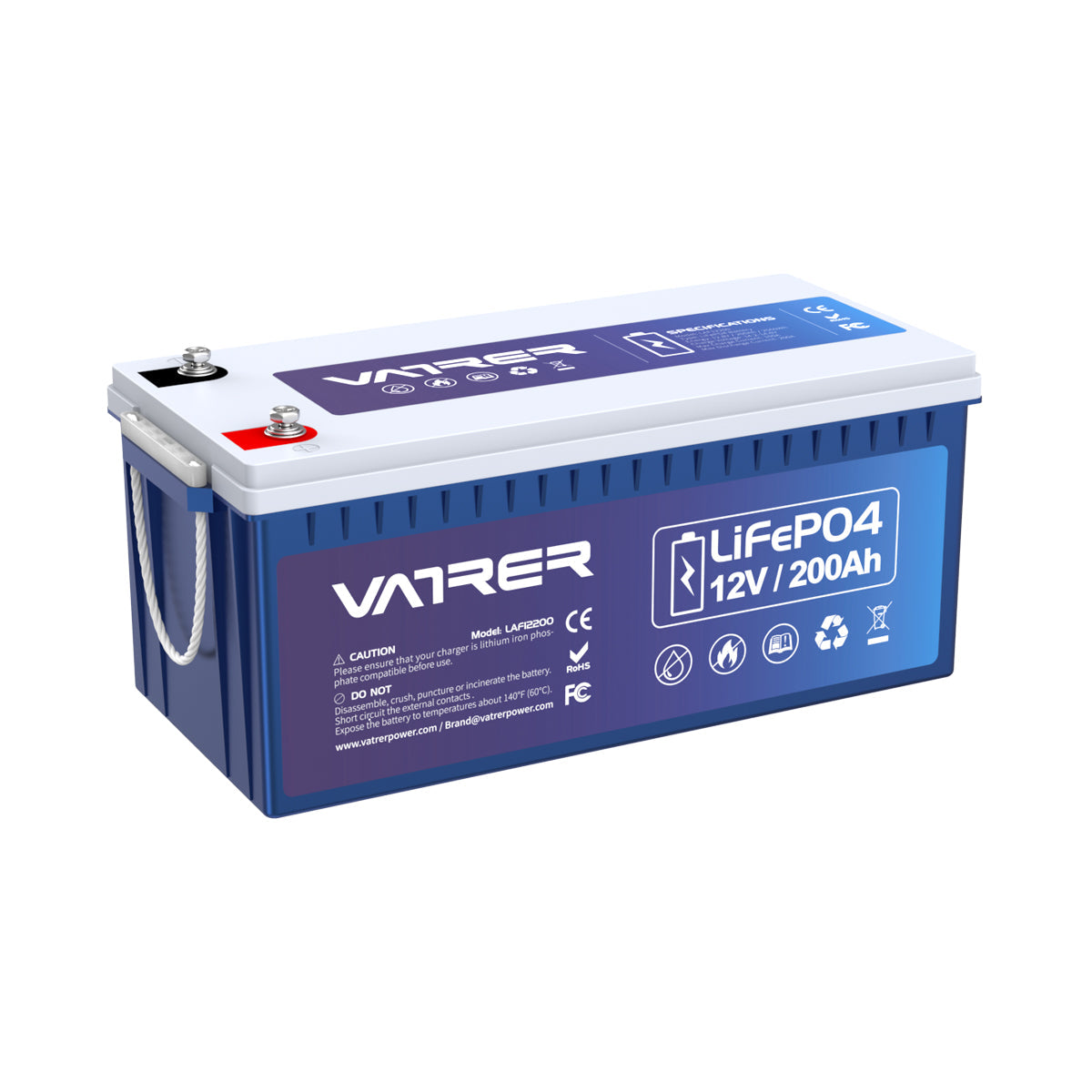

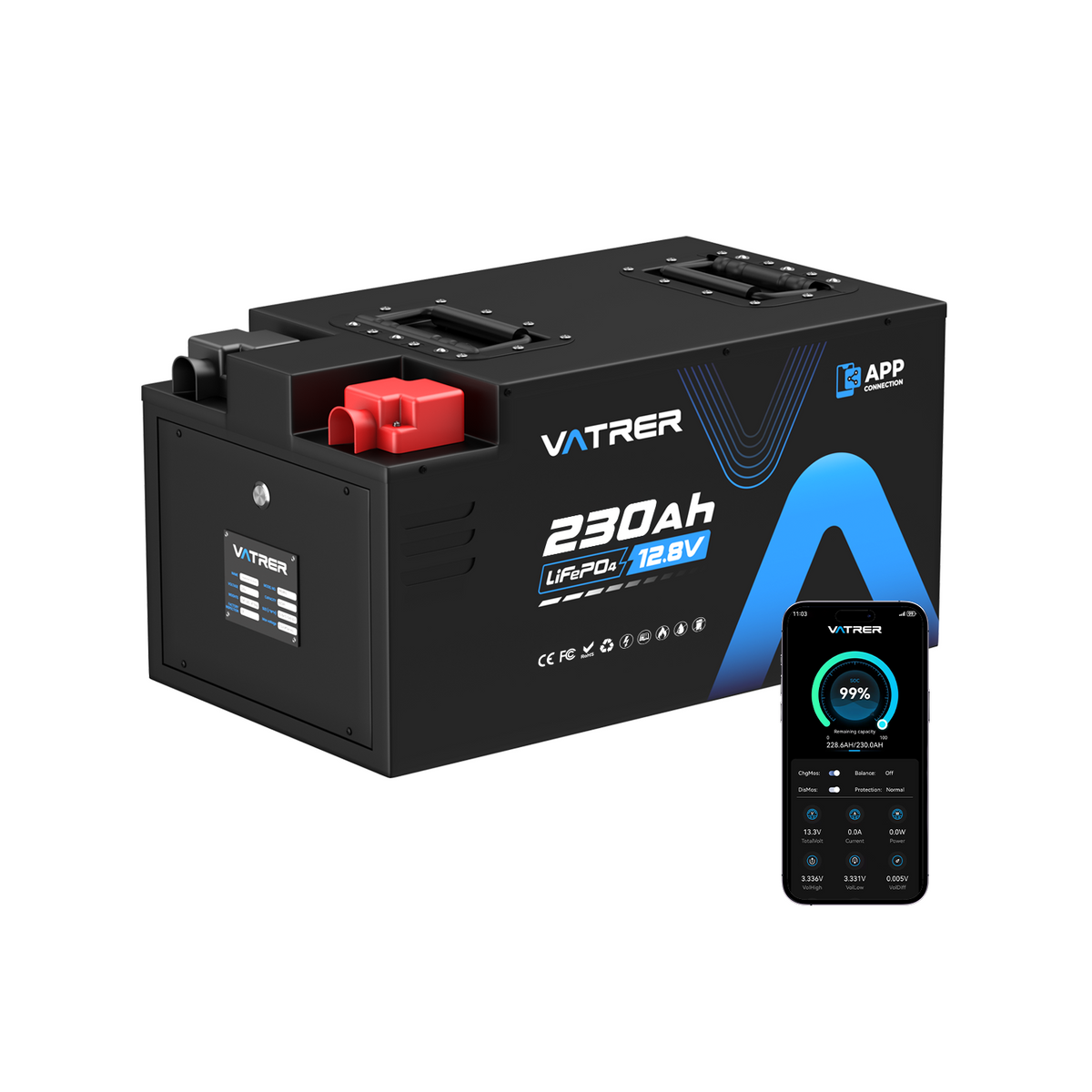
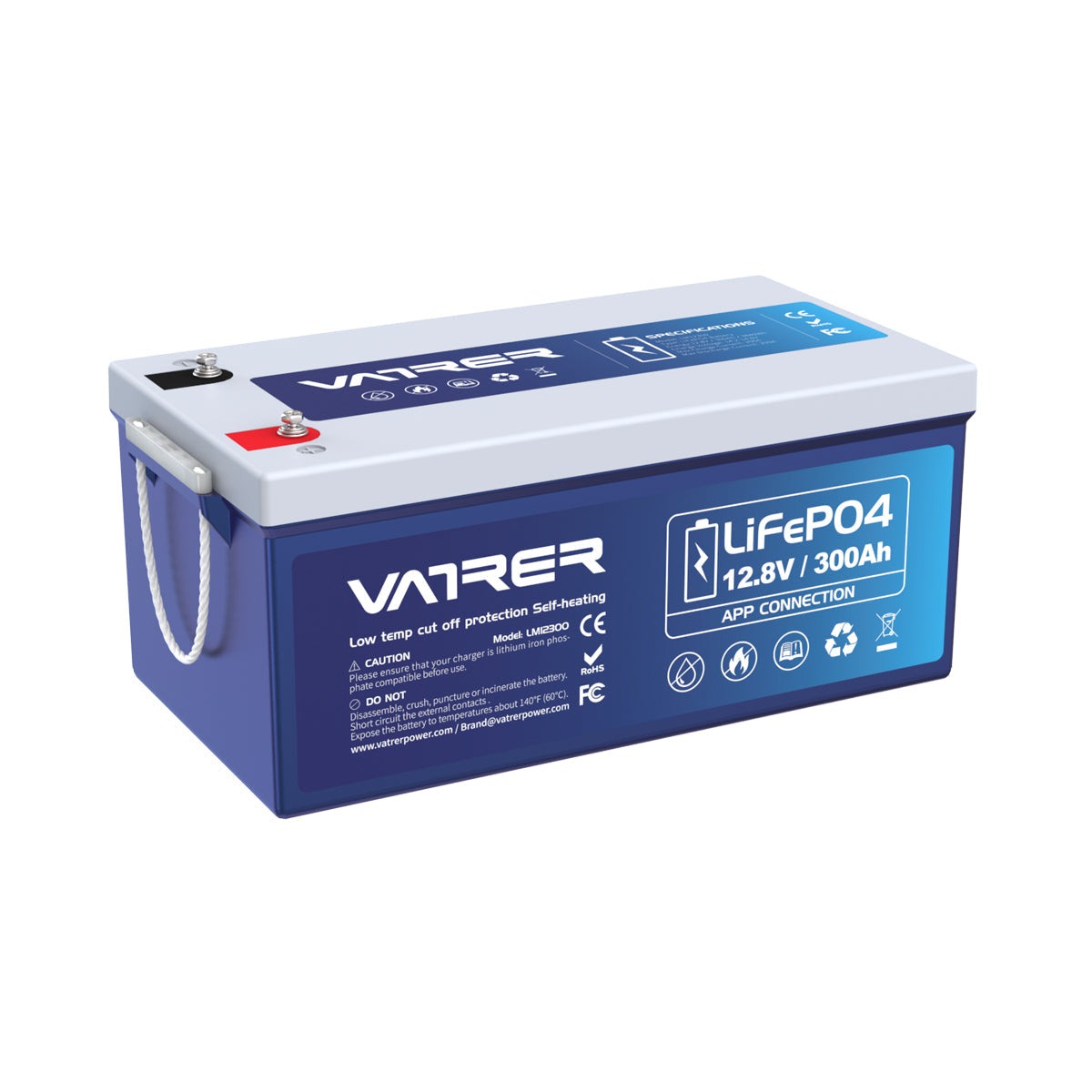

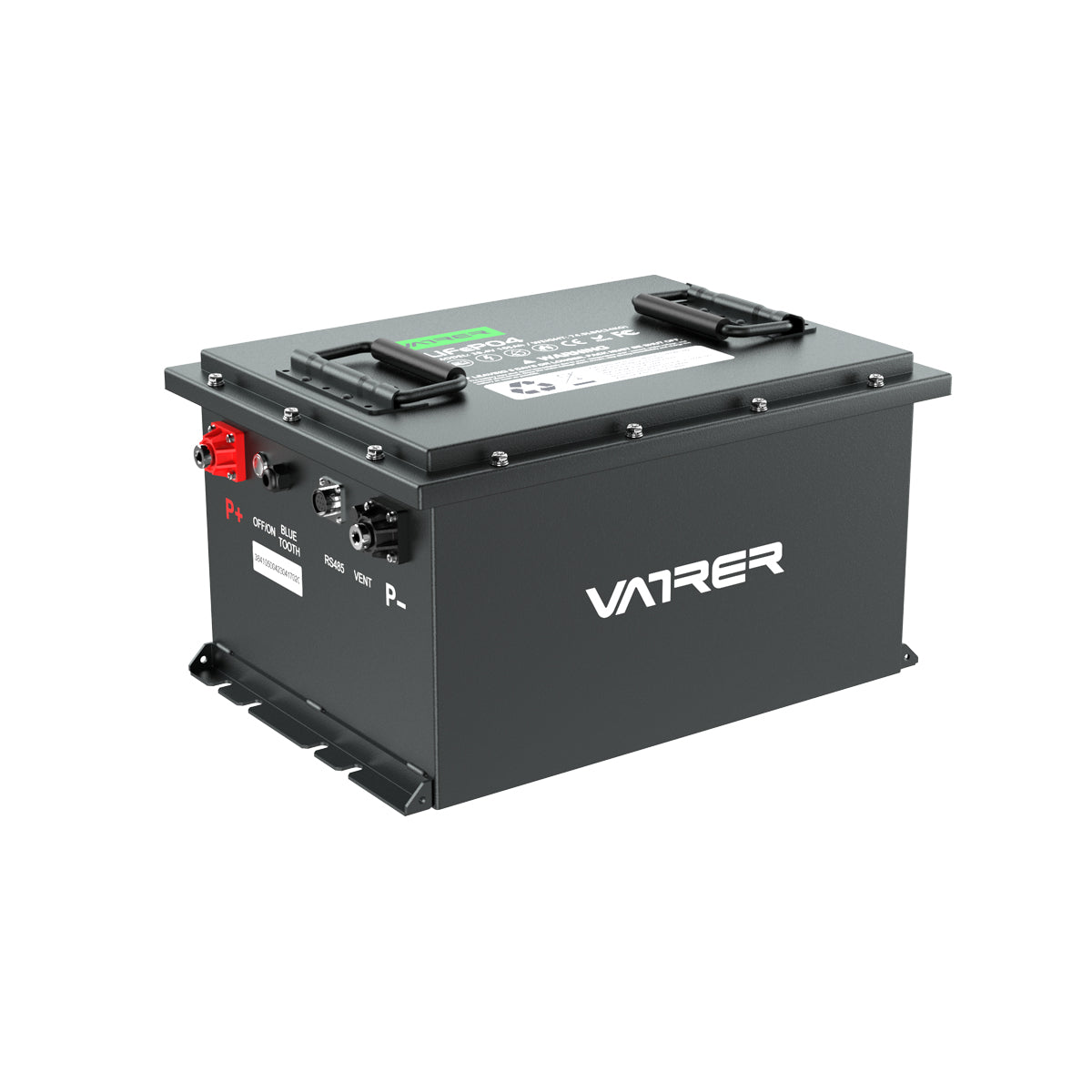
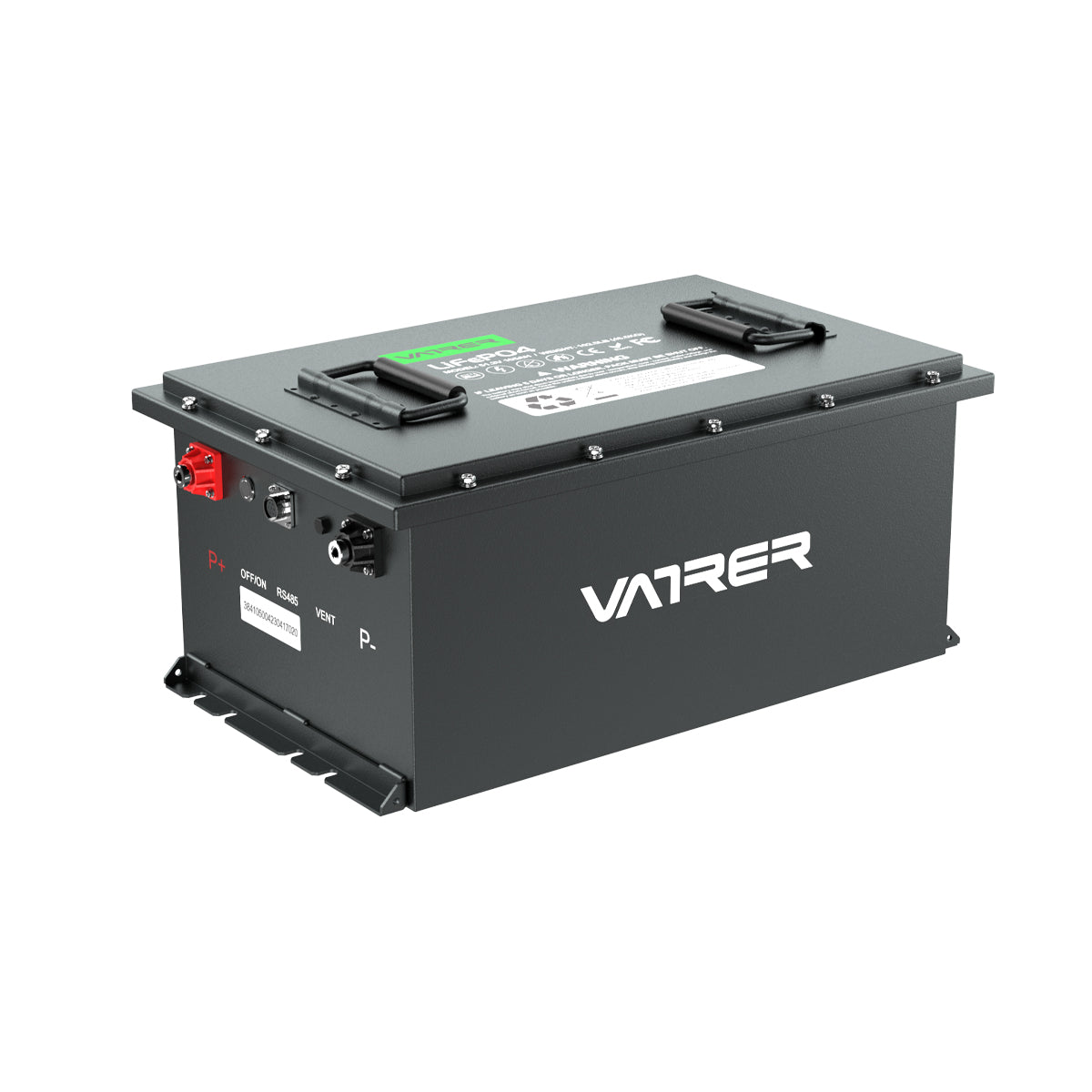



2 comments
MNIEYU
This guide is super helpful for figuring out how long my 100Ah battery might last! It breaks down the math in a way that’s easy to understand, even for someone like me who isn’t a battery expert. I like how it mentions that the actual time can change depending on what I’m powering and other things. Thanks for the clear explanations! https://inverterreview.com/tag/500w-inverters/
This guide is super helpful for figuring out how long my 100Ah battery might last! It breaks down the math in a way that’s easy to understand, even for someone like me who isn’t a battery expert. I like how it mentions that the actual time can change depending on what I’m powering and other things. Thanks for the clear explanations! https://inverterreview.com/tag/500w-inverters/
Edson mshi
How does lithium battery differ from other batteries i.e lead acid, gel or agm. 1280wh/100ah lithium battery is equivalent to how many lead acid battery of 200ah? Thanks
How does lithium battery differ from other batteries i.e lead acid, gel or agm. 1280wh/100ah lithium battery is equivalent to how many lead acid battery of 200ah? Thanks